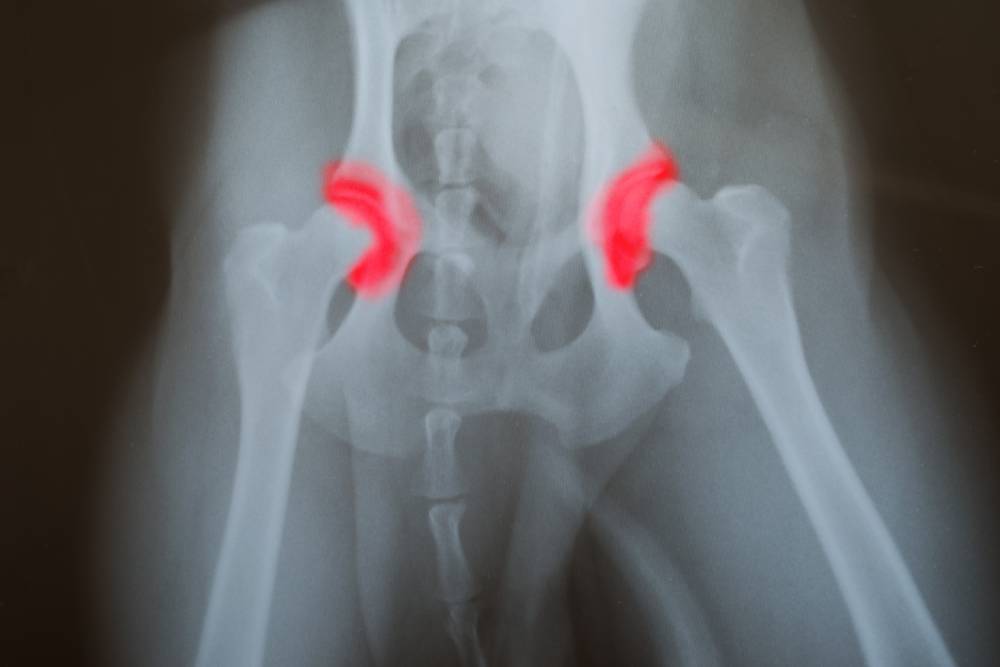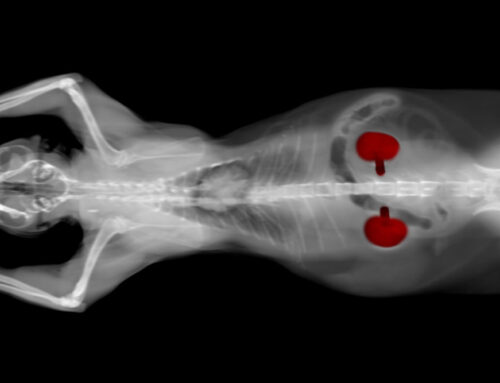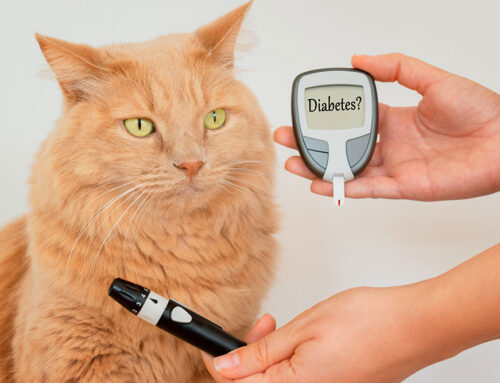When pets experience constant hip pain—whether from trauma, arthritis, or congenital issues—it affects far more than just mobility. It changes how they eat, sleep, play, and interact with you. At Greenfield Veterinary Clinic in Greenfield, Wisconsin, we believe in preserving comfort and restoring movement whenever possible. Femoral Head Ostectomy (FHO) is one surgical option that can dramatically improve quality of life for pets facing debilitating hip conditions.
In this guide, we’ll walk you through the most common conditions FHO is used to treat, what the procedure involves, and how recovery works—so you can make an informed, compassionate decision for your pet.
Common Conditions That May Call for FHO
FHO is typically recommended when the hip joint has become irreparably painful or damaged. Here are some of the most common causes:
Hip Dysplasia
Hip dysplasia is a genetic condition in which the hip joint doesn’t form properly, leading to instability, arthritis, and pain over time. It’s especially common in large breed dogs, but cats can also be affected.
Learn more about feline hip dysplasia
Explore surgical options for hip dysplasia
Hip Luxation (Dislocation)
Trauma or ligament weakness can cause the femoral head to dislocate from the hip socket. If the dislocation becomes chronic or cannot be reduced manually, FHO may be recommended.
More on hip luxation
Legg-Calvé-Perthes Disease
This condition disrupts blood flow to the femoral head, causing it to deteriorate. It most often affects small breed dogs and usually requires surgical correction like FHO.
Read more from Merck Vet Manual
Severe Hip Arthritis or Fractures
Long-term arthritis or fractures that don’t heal well can leave pets in chronic pain. If conservative treatments fail, FHO offers a chance at comfort and mobility.
What Is Femoral Head Ostectomy (FHO)?
FHO involves removing the head and neck of the femur—the “ball” part of the ball-and-socket hip joint. This eliminates bone-on-bone contact, which is the primary source of pain.
Over time, the surrounding muscles and scar tissue form a “false joint,” allowing your pet to regain comfortable movement.
Why Choose FHO?
- Relieves chronic hip pain
- Restores function without joint replacement
- Less invasive and more affordable than total hip replacement
- Ideal for small to medium-sized pets, although larger pets can also benefit with proper rehabilitation
Learn more about FHO and dog hip surgery
What to Expect from the FHO Procedure

Before Surgery
Your pet will undergo:
- A thorough physical exam
- X-rays to confirm joint damage
- Bloodwork to assess anesthetic safety
- Pain management planning to support recovery from the start
During Surgery
- Your pet is placed under general anesthesia.
- A small incision is made over the hip.
- The femoral head and neck are carefully removed.
- Surrounding soft tissue is repositioned to support a new joint interface.
- The site is closed and your pet begins recovery.
Recovery & Rehabilitation After FHO
Immediate Recovery (0–2 Weeks)
- Restricted activity to allow initial healing
- Pain medications and antibiotics as prescribed
- Cold compresses or gentle massage to reduce swelling
- Short, supervised leash walks may begin after a few days
Rehabilitation Phase (2–6 Weeks)
Physical therapy plays a key role in restoring strength:
- Passive range-of-motion exercises
- Hydrotherapy or underwater treadmill if available
- Gradual increase in activity, encouraging use of the operated leg
By 6–12 weeks, most pets regain near-normal mobility. Smaller pets often bounce back more quickly, while larger dogs may benefit from ongoing rehab.
Learn how rehab supports arthritis and orthopedic recovery
Is FHO Right for Your Pet?
If your pet is experiencing:
- Persistent limping or reluctance to bear weight
- Difficulty rising, walking, or playing
- Diagnosed hip dysplasia, dislocation, or injury
- Chronic pain despite medications
…it may be time to discuss surgical options. FHO is often chosen when hip replacement isn’t accessible or appropriate, and it can be life-changing when managed correctly.
Alternatives to Consider
Before surgery, your vet may recommend trying:
- Weight management to reduce joint strain
- Joint supplements (glucosamine, chondroitin, omega-3s)
- Anti-inflammatory medications
- Laser therapy or acupuncture
We’re happy to walk you through all options to ensure you feel confident in your decision.
Compassionate Support from Start to Finish
At Greenfield Veterinary Clinic, we understand that any surgery can feel daunting. Our team is here to provide detailed guidance, gentle care, and a personalized recovery plan that supports your pet from diagnosis through rehabilitation.
If you’re ready to learn more about whether FHO is the right step for your pet, book a consultation with us.
FHO surgery can give pets back the comfort, mobility, and freedom they deserve. Let’s help them move forward—pain-free.







Leave A Comment